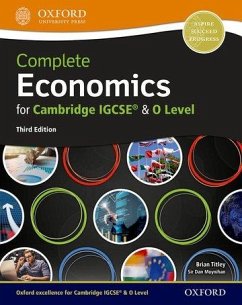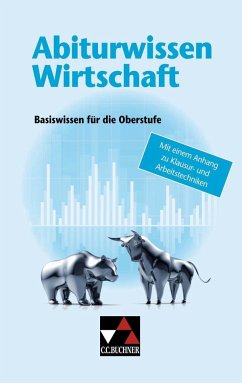
Complete Economics for Cambridge IGCSE® and O Level
Students of Cambridge IGCSE & O Level Economics (0455/2281)
Versandkostenfrei!
Sofort lieferbar
39,99 €
inkl. MwSt.

PAYBACK Punkte
20 °P sammeln!
Completely supporting the latest Cambridge IGCSE and O Level syllabuses, Complete Economics helps build foundations for the future with a rigorous, modular approach. Drive assessment success with extensive exam guidance embedded throughout.












